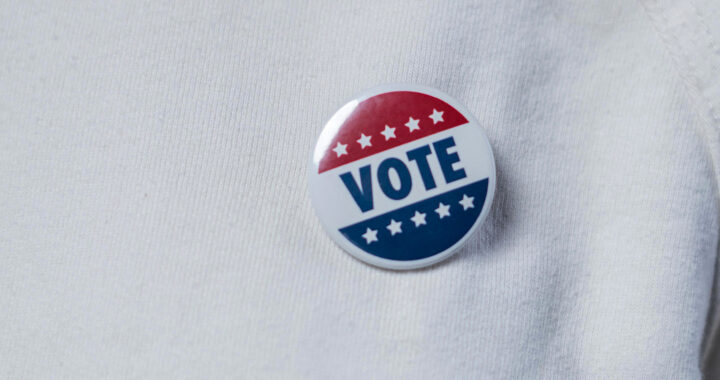An international investigation, headed by Jason Reifler of the University of Southampton, and published on 29 August 2025 in Science Advances, has revealed that providing factual information about election safeguards before the spread of false information can significantly increase public trust in democratic processes. This approach, known as prebunking, has shown measurable effects in both the United States and Brazil.
Prebunking as a Strategy for Strengthening Electoral Legitimacy: Evidence from the United States and Brazil
Context from the United States and Brazil
In the United States, widespread false claims from supporters of Donald Trump followed the 2020 presidential election, while in Brazil, similar distrust emerged after the 2022 election under the rhetoric of Jair Bolsonaro. Both instances fueled public mistrust and political instability and provided critical contexts for studying electoral misinformation.
Traditional approaches to false information often focus on debunking, in which false or wrong claims are corrected after they spread. The researchers wanted to examine an alternative approach they called prebunking. This involves offering factual and novel information before false claims take hold. The idea is to inoculate the perceptions of the public.
Reifler and his team, which included J.M. Carey from Dartmouth College, B.F. from the University of Notre Dame, M.G. from the University of Groningen, and B. Nyhan from Dartmouth College, aimed to test whether prebunking could be especially effective in politically polarized environments or among skeptics, partisans, or across differing political landscapes.
Methodology and Main Findings
The research specifically consisted of three large-scale survey experiments with more than 5500 participants. Two were conducted in the United States, before and after the 2022 midterm elections, while another was conducted in Brazil following the disputed 2022 presidential election. Recruitment was done through YouGov and Qualtrics.
Participants were randomly grouped into three to measure differences across each experimental treatment. One group received prebunking messages containing novel factual information about election security. Another group received statements from credible figures affirming election legitimacy. The final control group received no intervention.
Prebunking messages explained how electoral processes are safeguarded. Examples included how voting machines are tested, how mail-in ballots are verified, and how ballot drop boxes are secured. This approach provided citizens with transparent reasons to trust electoral integrity, strengthening perceptions before exposure to false claims could influence opinions.
Credible-source interventions relied on figures expected to influence skeptical audiences. In the United States, participants saw statements from Republican-appointed judges who dismissed fraud allegations. In Brazil, the interventions included remarks from Brazilian election authorities and even statements from a son of former president Jair Bolsonaro.
• Main Finding From the U.S. Experiment: Prebunking and credible-source messaging improved perceptions. Both increased belief that Biden legitimately won in 2020 and resulted in greater confidence in the integrity of the 2020 election.
• Main Finding From the Brazil Experiment: Prebunking outperformed credible-source messaging. This approach significantly boosted confidence in both the 2022 and 2026 elections and drove down beliefs about widespread fraud.
Moreover, in the United States, both prebunking and credible-source intervention also reduced perceptions of fraudulent House seats in the congressional election cycle last 2020. Moreover, among Republicans, belief in the legitimacy of Biden increased from 33 percent in control to 39 percent in prebunking and 44 percent in credible-source intervention.
Remember that prebunking was more effective than credible-source messaging in Brazil. The intervention boosted confidence not only in the results of the 2022 presidential election but also in the integrity of the forthcoming 2026 election. It also reduced widespread perceptions of fraud among respondents who had initially harbored doubts.
A critical finding emerged in the post-2022 experiment in the United States, where prebunking intervention was tested without explicit warnings about misinformation. Results showed even stronger impacts. This demonstrated that the delivery of genuinely novel factual information was the decisive factor, rather than forewarnings that false claims may circulate.
The cross-national design allowed researchers to test interventions in two highly polarized political environments. Both countries had experienced waves of false claims that undermined democratic institutions. Yet prebunking consistently increased trust. This demonstrated its applicability in diverse contexts vulnerable to electoral disinformation.
Implications for Policy and Media Practitioners
Policy implications from the findings are clear. Governments and nonprofits need to disseminate upfront, factual information on voting procedures early in the electoral cycle. By preemptively addressing potential doubts, authorities can reduce the effectiveness of misinformation campaigns and reinforce public confidence in democratic institutions.
Media practitioners can use prebunking as a tool against false information. Proactively publishing factual details about electoral safeguards can strengthen democratic trust. Clear and consistent reporting on voting processes equips audiences with knowledge that reduces susceptibility to false and malicious claims before they begin circulating widely.
FURTHER READING AND REFERENCE
- Carey, J. M., Fogarty, B., Gehrke, M., Nyhan, B., and Reifler, J. 2025. “Prebunking and Credible Source Corrections Increase Election Credibility: Evidence from the US and Brazil.” Science Advances. 11(35). DOI: 1126/sciadv.adv3758
